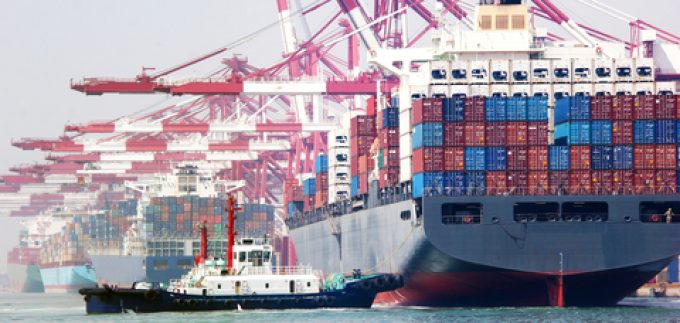Making landfall: Antwerp-Bruges H1 25 box volumes tell a congested story
…and don’t forget Rotterdam

The outlook for the global container shipping trades continues to darken, according to Drewry’s latest container forecaster, which is predicting an industry-wide $15bn loss for next year.
Drewry’s senior manager container research, Simon Heaney, today presented a “pessimistic” outlook for the liner industry, predicting a 60% ...

Comment on this article